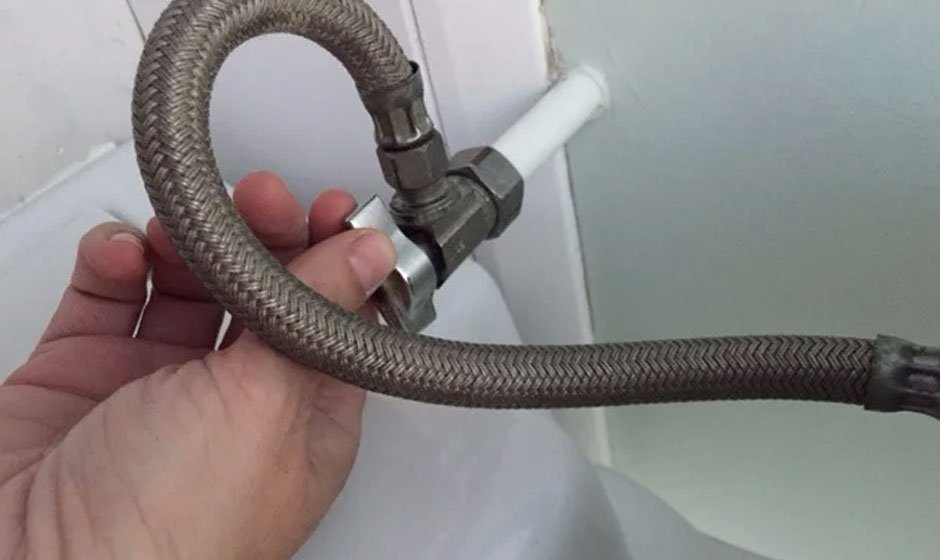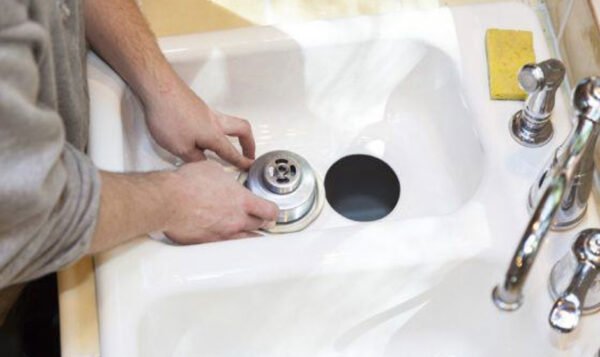How To Find A Leak In Your Home: A 5-Step Guide

Are you noticing an unexplained increase in your water bill? Do you hear dripping or running water when all faucets are turned off? You may have a leak somewhere in your home.
In this article, we will guide you on how to find a leak in your home so that you can take immediate action and prevent further damage. By following these steps, you’ll be able to identify and resolve any leaks in your home before they cause major damage.
However, before we get into it, it’s important to call a professional plumber if you have any doubts – an expert will help you find the cause of your problem quickly and without damage to your property.
With that covered, let’s explore these top 5 ways to find a leak in your home.
#1 Signs of a Leak in Your Home
Would there be a sneaky leak hiding in your home, slowly causing damage and driving up your water bill? Knowing the signs of a leak is important to catch it early and prevent further damage.
One of the most common signs is an unexplained increase in your water bill. If you notice that your bill has steadily risen without changing your water usage habits, it could be a sign of a leak.
Another sign to look out for is the sound of running water when all faucets and appliances are turned off. If you hear dripping or rushing water, there may be a hidden leak somewhere in your home.
#2 Checking for Water Stains and Moisture
Inspect the walls and ceilings for any signs of water stains or dampness, as these could indicate a potential leak in your living space.
Start by visually examining all the walls and ceilings in each room, paying close attention to any discolouration or yellowish/brownish patches. These stains usually appear in areas where water has infiltrated through cracks or leaks.
Additionally, run your hands over the walls and ceilings to check for moisture or dampness. If you notice a soft or spongy feel, water damage is likely present. Keep an eye out for mould or mildew growth, as these thrive in moist environments and could be caused by a hidden leak.
By being vigilant and aware of these signs, you can quickly identify and address leaks in your home before they cause extensive damage. Remember to inspect areas around windows, doors, and vents since these are common areas where leaks can occur.
By identifying water stains and moisture early on, you can take prompt action to locate and fix the source of the leak before it causes further damage to your home.
#3 Inspecting Plumbing Fixtures and Appliances
Check out the plumbing fixtures and appliances in your living space, paying close attention to any signs of wear and tear or potential issues that may arise. It would be best if you took time to inspect:
Plumbing Fixtures:
- Inspect faucets for any leaks or drips. Tighten any loose connections.
- Look for water stains or discolouration around sinks, toilets, and bathtubs.
- Check the toilet tank for any leaks by adding a few drops of food colouring into the tank. If the colour appears in the bowl without flushing, there might be a leak.
Appliances:
- Examine dishwasher hoses and connections for any signs of leakage.
- Inspect washing machine hoses for cracks or bulges.
- Check under your refrigerator for pooling water or condensation.
By thoroughly inspecting these plumbing fixtures and appliances, you can identify potential sources of leaks in your home and take action before they become more serious problems.
#4 Using a Leak Detection Device or Method
Using a leak detection device or method can help you pinpoint hidden plumbing issues and prevent potential water damage. One effective method is using a water meter to detect leaks.
Start by turning off all faucets and appliances that use water in your home. Take note of the reading on your water meter and wait 30 minutes without using any water. Afterwards, check the meter again. If there’s an increase in the reading, it indicates that there might be a leak somewhere in your plumbing system.
Another method is using a moisture meter to identify areas with excessive moisture levels, which could indicate a hidden leak. Scan walls, ceilings, and floors for any abnormal readings.
You can also use infrared cameras to detect temperature differences that may suggest hidden leaks behind walls or under floors. These methods will enable you to quickly identify leaks and take necessary actions to fix them before they cause further damage to your home.
#5 Calling a Professional for Assistance
To ensure the proper resolution of your plumbing issues, it’s advisable to enlist the expertise of a professional who can provide you with valuable assistance. Calling a professional for help has several advantages:
- Peace of mind: By hiring a professional, you can know that an experienced and skilled individual will be handling your leak detection problem.
- Time-saving: Professionals have the knowledge and tools to quickly identify and locate leaks in your home, saving you time and effort.
- Prevent further damage: Leaks can lead to extensive water damage if not addressed promptly. A professional can prevent further damage by finding and fixing leaks before they worsen.
- Expert advice: Professionals can offer expert advice on how to maintain your plumbing system properly, helping you avoid future leaks or other related problems.
By calling a professional for assistance, you’re taking a proactive step towards resolving your leak issue efficiently and benefiting from their expertise and guidance.
I Found A Leak In My Home, What Should I Do Now?
In conclusion, this article has helped inform you on how to find a leak in your home. By being aware of the signs of a leak, such as water stains and moisture, you can quickly identify potential problem areas.
If you have found a leak and cannot find or fix it yourself, it’s crucial to call a professional for assistance as soon as possible. They have the expertise and specialised equipment to accurately identify and repair leaks, ensuring the safety and integrity of your home.
Remember, addressing leaks promptly not only saves you money in the long run but also preserves the structural integrity of your home. So don’t ignore those signs – take action now to protect your property from water damage!



